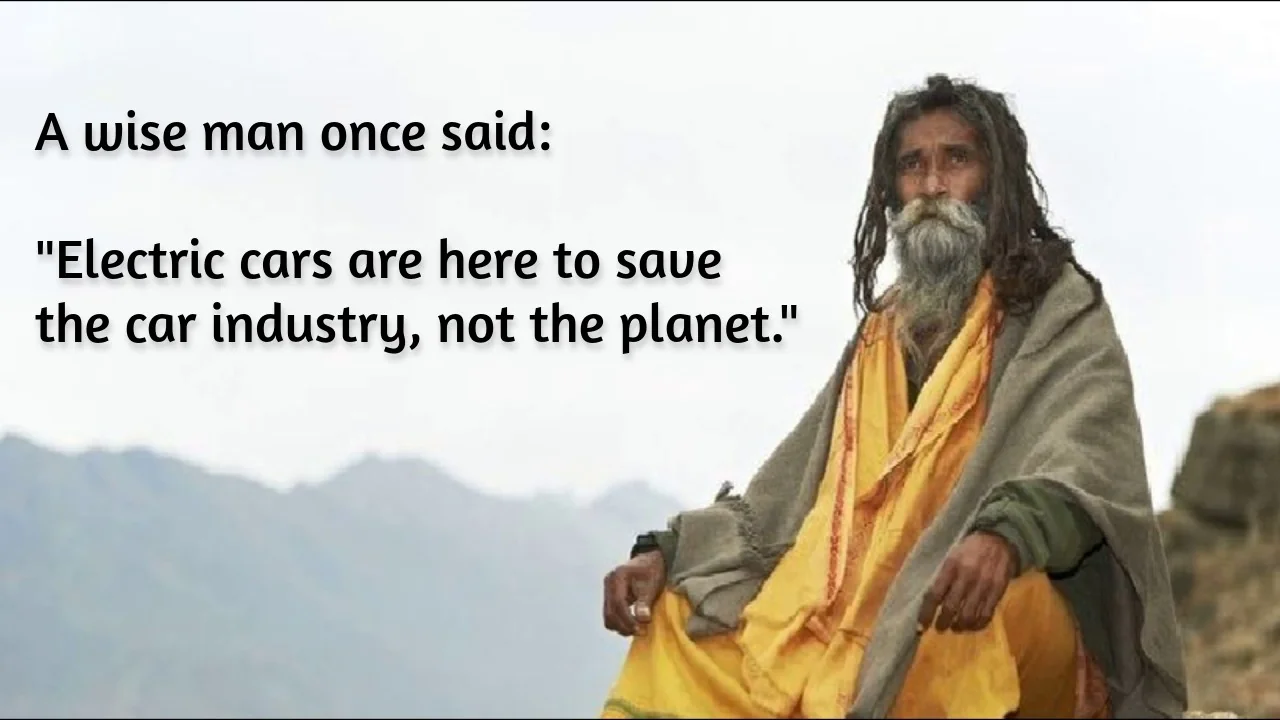Fuck Cars
A place to discuss problems of car centric infrastructure or how it hurts us all. Let's explore the bad world of Cars!
Rules
1. Be Civil
You may not agree on ideas, but please do not be needlessly rude or insulting to other people in this community.
2. No hate speech
Don't discriminate or disparage people on the basis of sex, gender, race, ethnicity, nationality, religion, or sexuality.
3. Don't harass people
Don't follow people you disagree with into multiple threads or into PMs to insult, disparage, or otherwise attack them. And certainly don't doxx any non-public figures.
4. Stay on topic
This community is about cars, their externalities in society, car-dependency, and solutions to these.
5. No reposts
Do not repost content that has already been posted in this community.
Moderator discretion will be used to judge reports with regard to the above rules.
Posting Guidelines
In the absence of a flair system on lemmy yet, let’s try to make it easier to scan through posts by type in here by using tags:
- [meta] for discussions/suggestions about this community itself
- [article] for news articles
- [blog] for any blog-style content
- [video] for video resources
- [academic] for academic studies and sources
- [discussion] for text post questions, rants, and/or discussions
- [meme] for memes
- [image] for any non-meme images
- [misc] for anything that doesn’t fall cleanly into any of the other categories
Recommended communities:
view the rest of the comments

It works best alongside redevelopment. America is missing the in between of high density to low density zoning. Areas where building can be built 3-6 stories high and built to be flexible Where they can be mixed commercial uses or residential uses. This can create environments much easier to serve with public transit and walkability. This is basically how many older cities were before they started tearing themselves apart for the car.
You are correct in that public transit doesn't service suburbia well. The car is the ideal solution to its design and thats exactly how it was built. After decades of this pattern and heavily subsidizing this development, the finnancial impacts are starting to catch up. Unfortunately when maintenance and repairs costs are considered, many suburban and strip mall developments cost more to maintain than the generate in taxes.